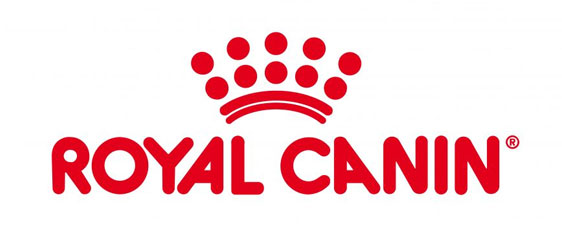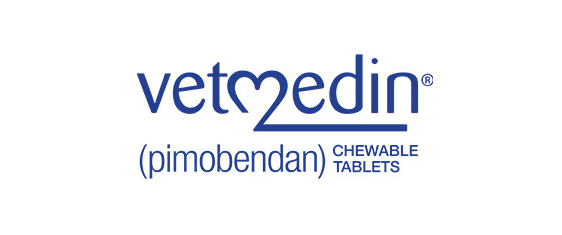How to Clean Your Dog's Ears
Doctor of Veterinary Medicine

While efforts are made to answer all questions as quickly as possible, if an immediate answer is required or if your pet is in need of urgent or emergency care, contact your pet's veterinarian immediately.
Doctor of Veterinary Medicine

You will receive an answer from Dr. Lindsay and our vet/tech team as soon as possible, usually the same day.
All answers are provided for informational or educational purposes only, and are intended to be a supplement to, and not a substitute for, the expertise and professional judgment of your pet's veterinarian.
It may be necessary to consult your pet's veterinarian regarding the applicability of any opinions or recommendations with respect to your pet's symptoms or medical condition.
CloseDoctor of Veterinary Medicine

An error has occurred, please reload the page and try again.
CloseWhile efforts are made to answer all questions as quickly as possible, if an immediate answer is required or if your pet is in need of urgent or emergency care, contact your pet's veterinarian immediately.
There is no answer related to your question
Dogs require regular ear care in order to prevent infections and maintain good health. Unfortunately, dogs are highly prone to ear infections caused by mites, bacteria, or yeast buildup. This is due to the curved shape of a dog's inner ear that can trap large amounts of debris and make removal difficult. Furthermore, allergies can make dogs even more vulnerable to ear problems. Fortunately, with patience and practice, it is not difficult to keep your dog's ears clean. The best time to clean your dog's ears is when he or she is calm, tired, resting, or after a walk. Don't attempt to clean your dog's ears when he or she is in a playful mood or before exercise. Below are several simple guidelines to help you through the process of cleaning your dog's ears.
Many dogs naturally dislike having their ears touched. By beginning the inspection and cleaning process at a very young age, your dog will soon become accustomed to the task. Schedule your dog's ear cleanings on a weekly basis. Regular check-ups help ensure problems are caught in the early stages. Routine cleanings also improve air circulation, which is especially important for dogs with large, floppy ears.
To help make the ear cleaning process more comfortable for your dog, hold the bottle of ear cleaning solution between your hands for a couple of minutes to warm the solution. Shake well. Squeeze the solution into the ear canal, and gently massage the ear base using your thumb and forefinger. Continue this motion for 20 to 25 seconds.
Any remaining debris can now be removed using a cotton ball. Remember not to stick the cotton ball too far down the canal, as this could lead to irritation or more severe infection. In addition, trimming your dog's ear hair can prevent future debris buildup.
For a better view of the ear canal, carefully pull the ear flap upward. This will help straighten out the canal and increase visibility. You should look for any ear discharge, swelling, redness, or any hair loss. These symptoms, as well as an strange odors, are all indications of an ear infection. Furthermore, if your dog has dark ear wax that resembles the look of coffee grounds, it's highly likely your dog has contracted ear mites.
Reward your dog after each cleaning to help him or her associate the process with a positive experience. Your dog will be less resistant, which will make the cleaning routine less daunting. Don't practice ear care after nail clipping or bath times, as your dog may already be agitated from these activities. If you follow these tips and tricks, ear care for your dog should become easier.
Most dogs develop ear infections after bathing or swimming. To reduce moisture, consider placing cotton balls inside your dog's ears before any water activities.
 Swipe
Swipe
































